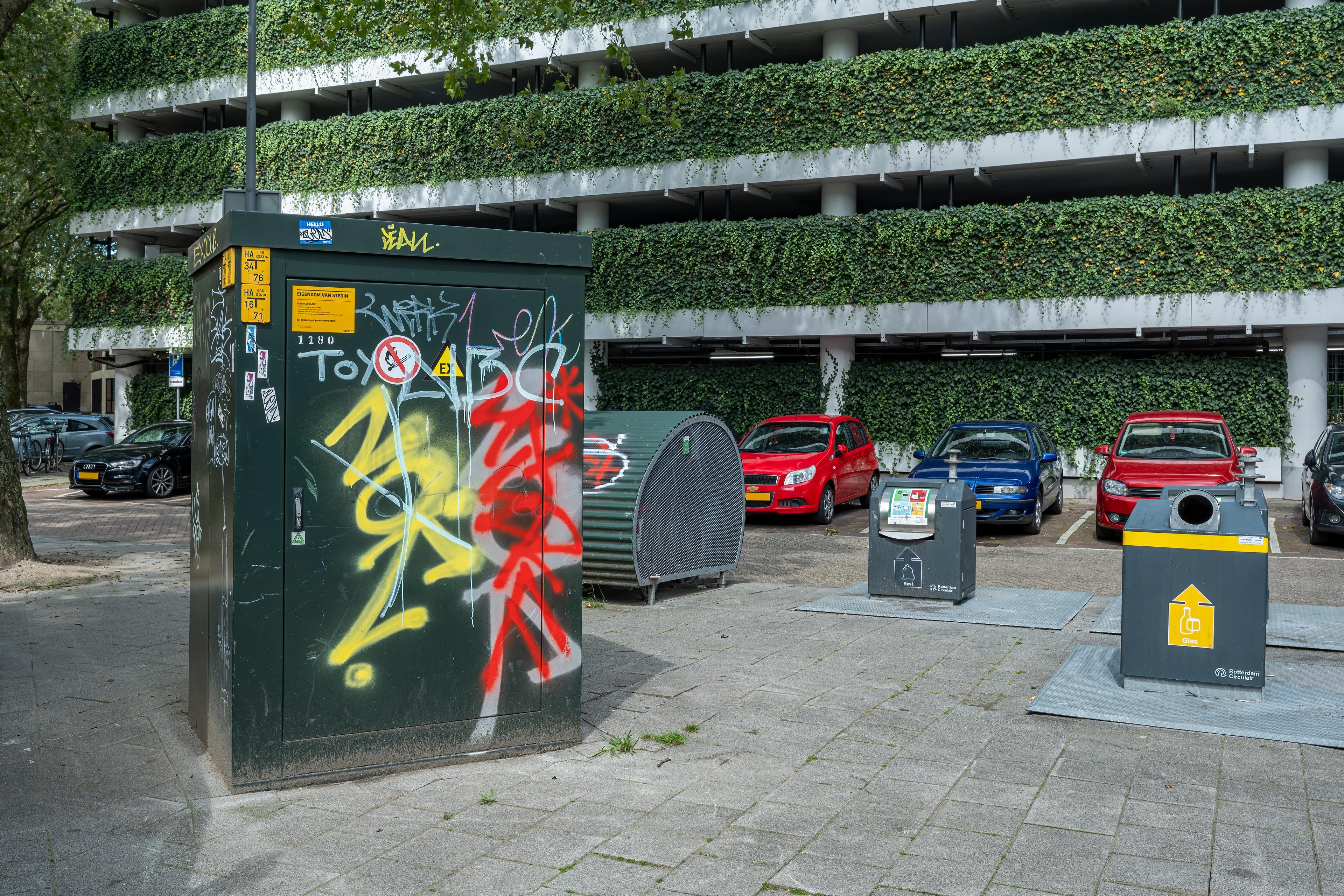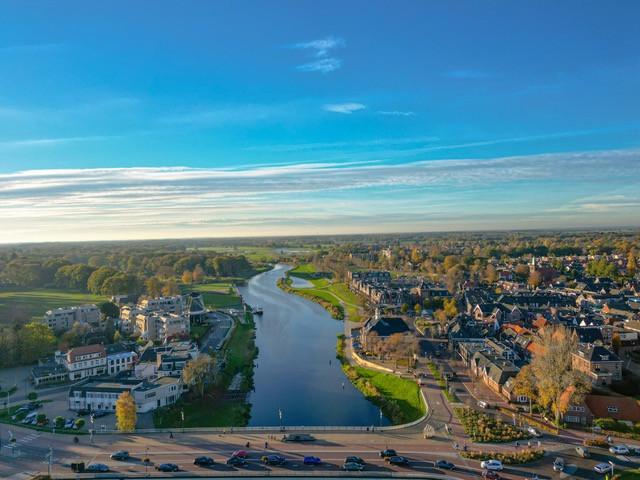As part of the Jeux de Joules research trajectory into the spatial embedding of the energy transition, an Urban Meeting took place on 18 April at the Tolhuis in Amsterdam, where experts, policymakers, stakeholders, and designers jointly discussed the future of the urban energy infrastructure.
IABR lead designer, landscape architect, and co-founder of Lola Landscapes, Peter Veenstra opened the meeting with a presentation highlighting the essential task of the day: building support for a new standard and identifying what this would take. In the context of the energy transition, Veenstra emphasized the need for innovation and collaboration.
Naut Loots, the program manager ElektriciteitsVoorziening Amsterdam (EVA) for the city of Amsterdam, presented the spatial challenges facing the capital in the area of energy supply and distribution. He identified scarcity, congestion, and the growing demand for electricity as major obstacles to be addressed.
Studio Chris Kabel and OFFICE Kersten Geers David Van Severen, who are conducting research by design on behalf of IABR, focused on the integration of energy infrastructure in constrained urban spaces. The lessons they learned during the iterative design process of the past few months formed the basis for a discussion on how to meet the various needs of different urban environments.
In several breakout sessions, participants focused on the lessons learned from research by design, on the roadmap and on the steps that need to be taken in the next five years to achieve a new standard for energy infrastructure such as electricity substations.
Participants recognized the importance of embracing the complexity of energy infrastructure design, as innovative solutions in this area must address a variety of demands, wishes, and technical challenges. Participants saw flexibility in design as critical given the variety of spatial characteristics and functional requirements in urban environments. They saw collaboration among all stakeholders, including citizens, as essential for success and identified standardization of design and specifications, the fostering of innovation in the field of energy efficiency, and the creation of a flexible and scalable framework for future expansion as key points of interest.
The results of the Jeux de Joules research by design will be included in the Nature of Hope IABR 2024 exhibition, on view from 29 June.






